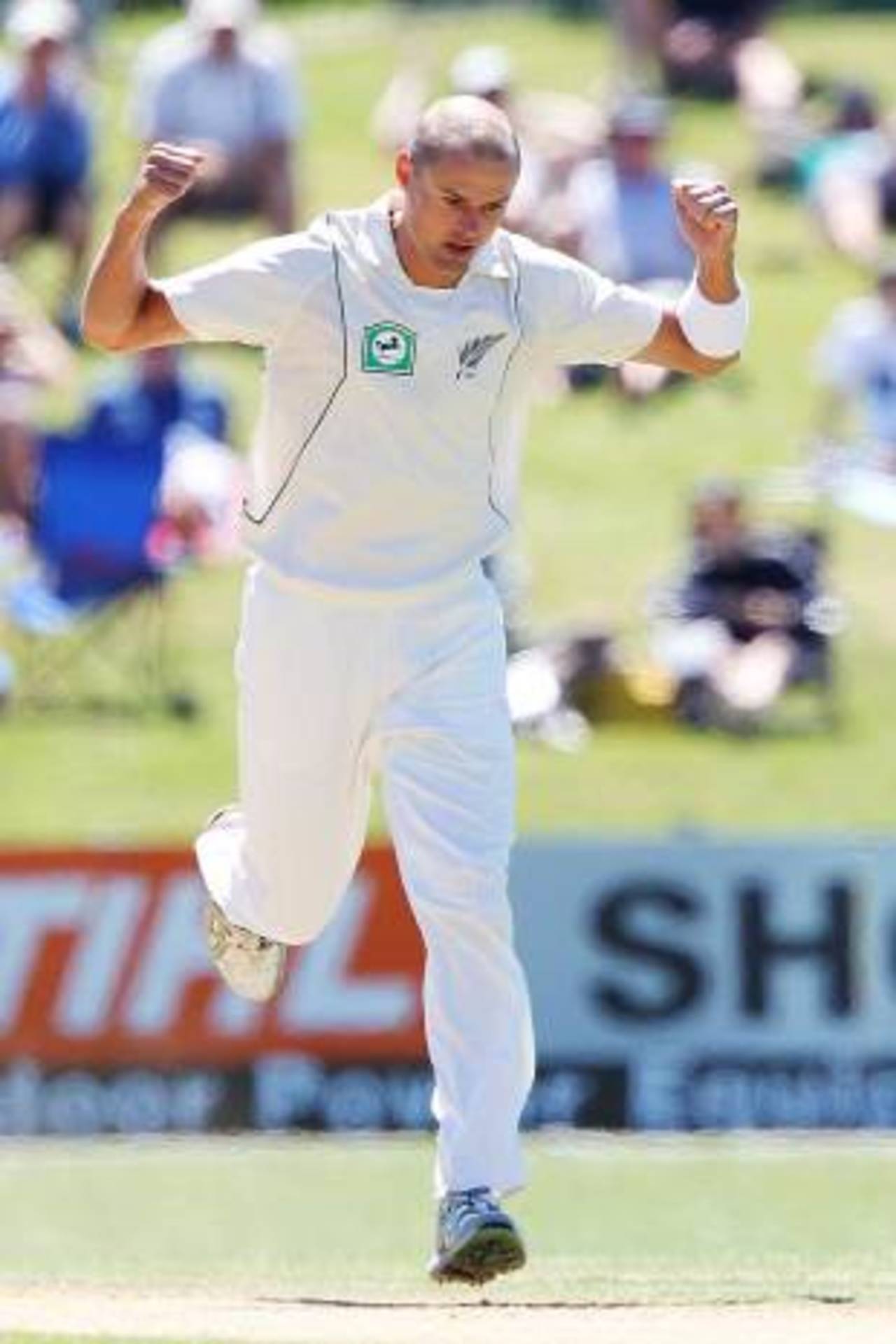Lessons from Zimbabwe
It has been smooth sailing for New Zealand in their first series of the year but the real test lies ahead, in the form of South Africa

Chris Martin: long in the tooth but so what? • Getty Images
No one in the New Zealand team plays better shots straight. Guptill needs to apply those skills against South Africa's quality fast bowling
Andrew Alderson is cricket writer at New Zealand's Herald on Sunday